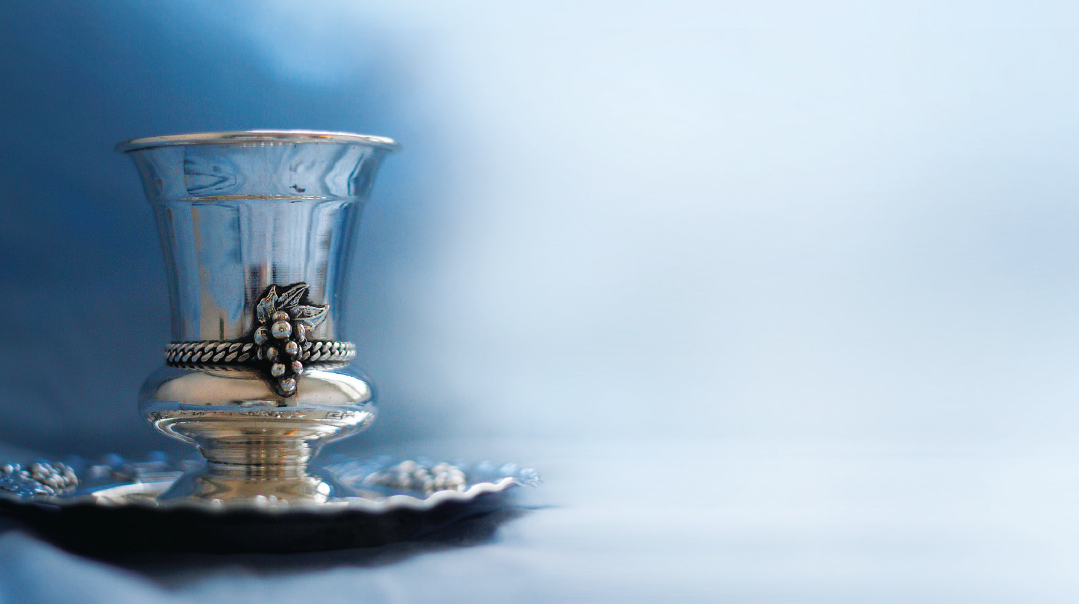Parshas B’haalosecha: Mother of Marrieds

The responsibility of parents and teachers remains as long as the child or student is still unable to flame on its own

“…When you light the candles, the seven candles should light up toward the face of the menorah.” (Bamidbar 8:2)
L
ighting the menorah seems to be a very straight, cut-and-dried matter. One needs little skill or training to light a candelabra. Yet the Torah’s emphasis in this week’s parshah ensures that there’s a deeper meaning also present to this seemingly simple act.
Rashi indicates the presence of this deeper idea, saying, the Kohein must keep his fire at the candelabra’s wick, “until they caught and burned brightly on their own.”
This is a rule not only in lighting a menorah but also in life generally — in raising and educating children and students, in inspiring others with ideals, skills, and knowledge.
It’s a rule in the home, the classroom, the workplace, and anywhere else in human life where people intersect and influence one another. The challenge is that a wick has to catch fire and rise on its own (Rabbi Berel Wein, Torah.org).
“I saw this and I thought of you,” my friend Hadassah said, handing me a small box. She’d just come back from America, and we often bought each other little gifts whenever one of us traveled. Inside the box was a glass stand designed to hold two candles. “For the mother of marrieds — one of the hardest jobs in the world,” Hadassah quipped. “So I thought you could use a gift and some extra candlesticks.”
It’s always difficult to let go of a child and a student. One becomes so emotionally involved that letting go becomes increasingly impossible. But the truth is that only by letting go and allowing the “wick” — child, student, etc. — to flame on its own is one’s parental and educational responsibility fulfilled. We cannot live another person’s life for them. We can only attempt to provide that other person with the wherewithal to succeed and accomplish.
Hadassah got it right on all counts. Mother of marrieds — what a complicated role — it’s a constant balancing act. And yes, baruch Hashem, I could always use more candlesticks.
As my girls married, my husband gifted me with a set of candlesticks to have for when they’d come to visit. Kein ayin hara, as the families have grown, I’ve started a candlestick collection, and was delighted to add these new ones.
This past Shabbos we had a full house, with marrieds and bochurim — think hectic but beautiful. The candlestick shelf was full and my heart was as well, watching each flame, tiny yet flickering, gaining strength and shedding light.
(I’m just going to add a disclaimer, lest you think my whole life consists only of starry-eyed moments: You read the parts I want to share.)
The other side of the coin in this matter is equally valid and important. The Kohein may not remove the flame from the wick prematurely. He must make certain that the flame of the wick won’t sputter out when he removes his flame from the wick.
The responsibility of parents and teachers remains as long as the child or student is still unable to flame on its own. Many times in life it’s difficult to light the flame in others. Sometimes [the wick] seems never to catch and flame on its own efforts and abilities. The flame giver tends to despair and eventually give up on the effort.
Some people are late bloomers and thus the flame has to be held to their wick longer than usual. These are all naturally individual judgments and uncertain decisions. Perhaps that’s why the Torah emphasizes this seemingly ordinary act of lighting the Menorah in the Temple, because it represents the ambiguities that lie at the heart of many basic issues in life, family, and community affairs.
I’m always careful not to assign any specific candle to any particular child. “Which one’s mine?” they’d ask when they were young. “You’re all mine,” I’d respond, to preempt any hurt feelings if one accidentally went out.
But yes, as I light each candle, I do think of each child, each neshamah, and I daven, hoping I’m helping them by lighting the path for them in their lives.
Tears filled my eyes that Shabbos as I lit for my children and my daughters lit for theirs.
Then, after my tefillah, I stepped back from the shelf, knowing that I had to step back in life as well, to allow those flickering flames to shine on their own.
(Originally featured in Family First, Issue 898)
Oops! We could not locate your form.


